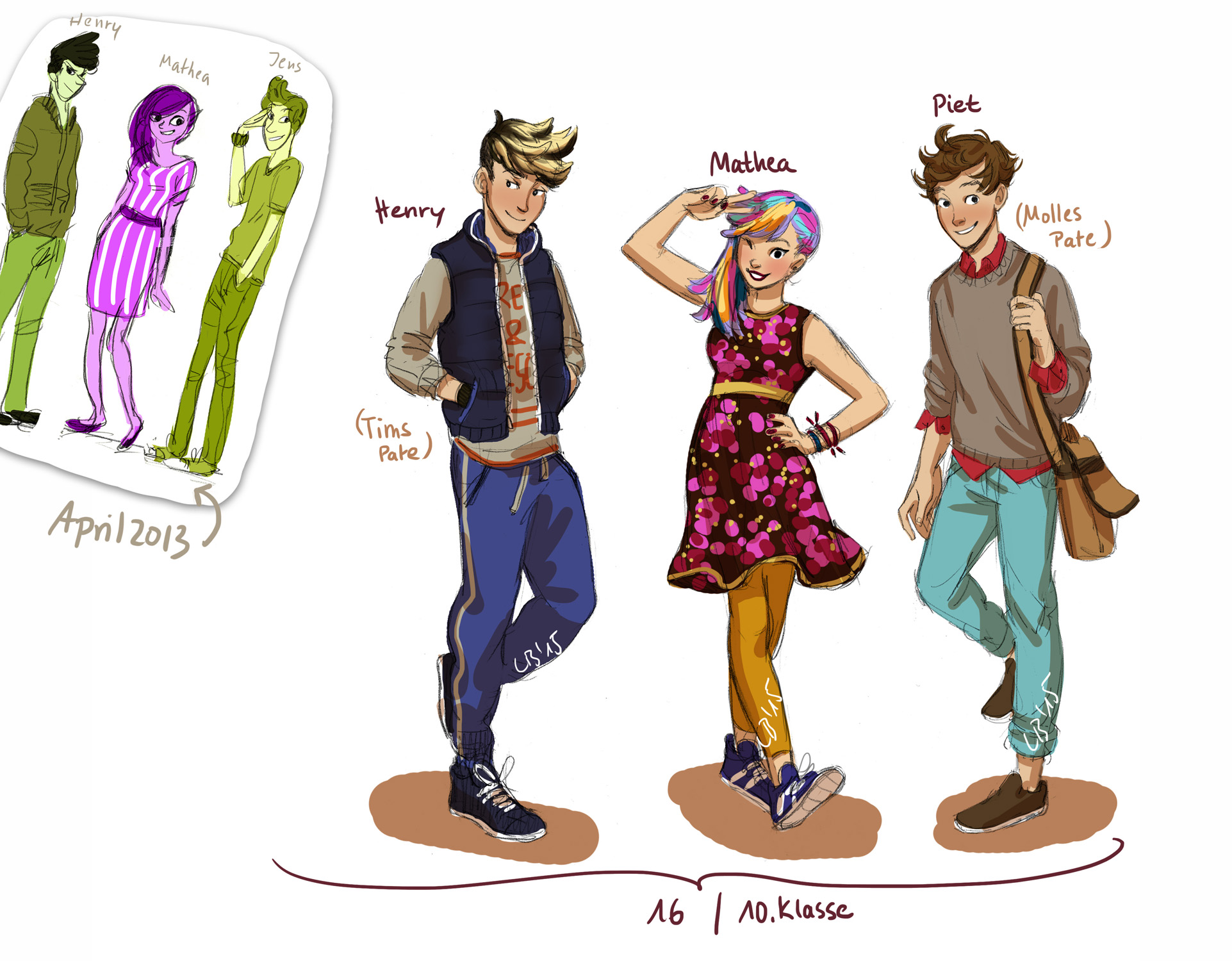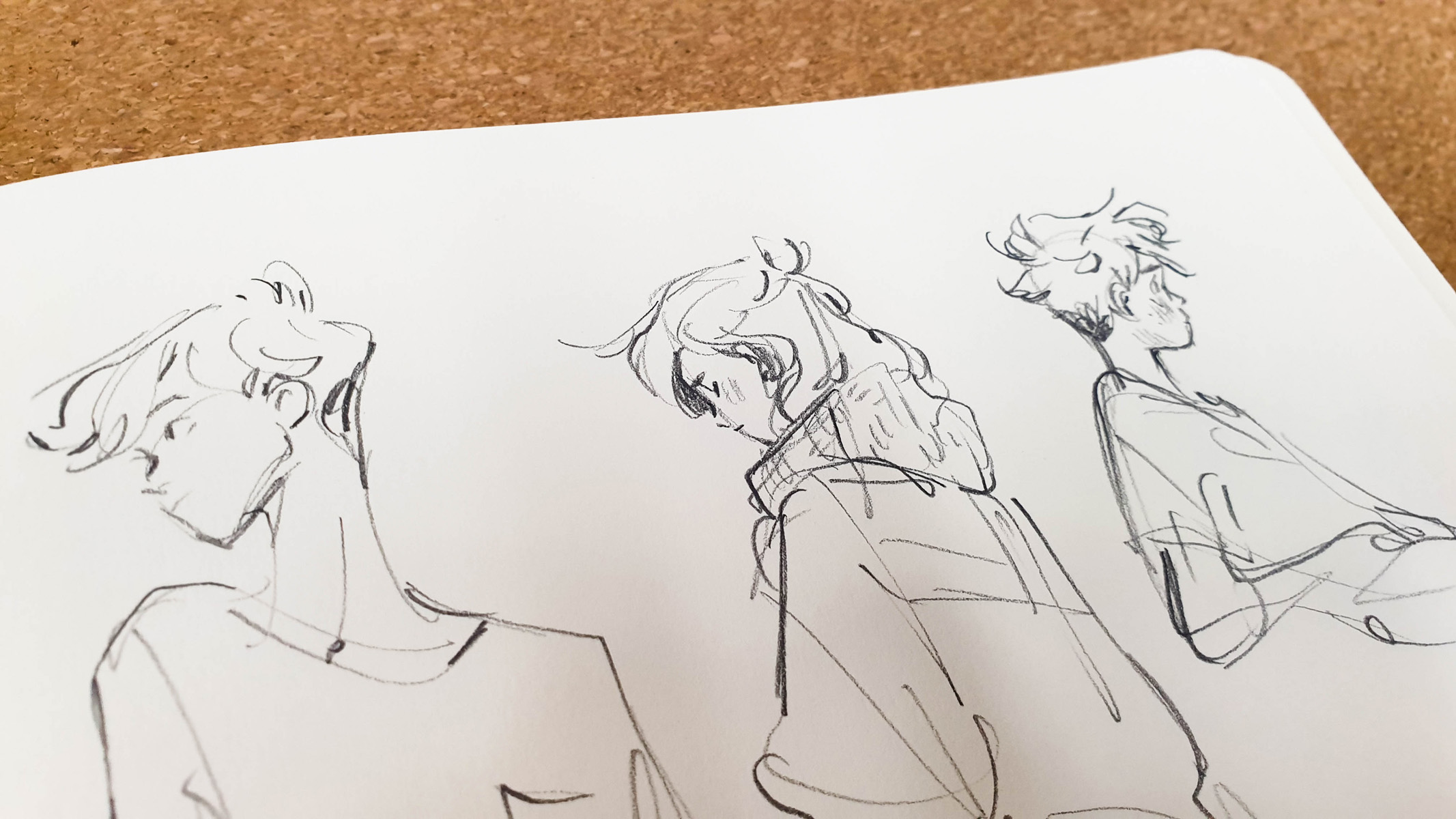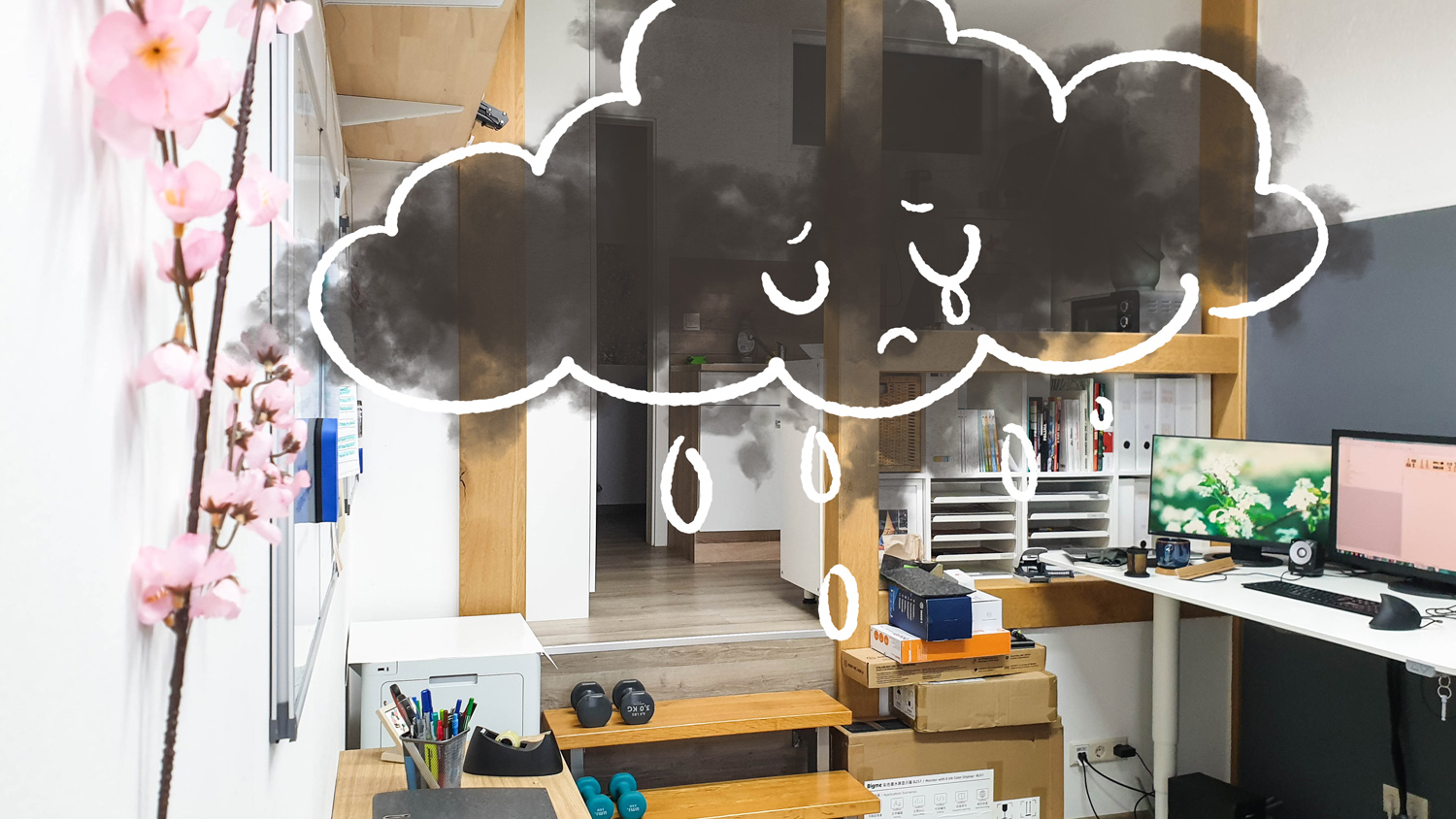This is actually easy.
Just start!
Ha. It might be the hardest, too. You won’t feel ready at all, especially if it’s your first comic.
As always in art, there are no rules on how to create a comic. Some things can help you get a better grip on your project though.
1. Choose an idea.
If you’re playing with the idea of making a comic, you probably have one or more story ideas in mind. How to choose the right one? Your mental project folders might look like mine:

Starting with a short story is good. Don’t be like me and start with one that balloons into ~4.000 pages (“Green&Gold”). On the other hand, if your main story, the fantasy epos, is itching to come to life, there’s no reason not to choose this one.
Whether you choose a short or long story, you will spend a lot of time with it. So choose one that you believe in. One that you really need to do. Don’t think about your followers, or what’s trending, too much. Just do that story that satisfies you on its own in a deep way over a long period of time.
2. Jot down your plot.
Got your story idea? Alright, time to roughly put the plot down. Can be just a few bullet points. How does the story start, how does it end? And what could happen inbetween? If you got that simple outline black on white, the project will seem much less threatening and much clearer.
Make sure to also name your main conflict (e.g. “Maila grows from a selfish brat into a caring character.” or “Alex learns to let go of his bad childhood and move on.”) This is the core of your story. Everything that happens should help push the conflict and its solution forward.
3. Flesh out your (main) characters.
Sketch your main group out to see how they work together. Keep the designs simple, you’ll have to draw them 9375 times. Also put down some notes on them, you can do this in the same file next to their drawings. Name, age, loves, hates, most important character traits (“Piet, 16, loves music, hates flashy people, friendly with everyone, avoids conflict, struggles with his sexuality”).
4. Style. How do you want your comic to look like?
Changing the look of your comic midway is difficult to pull off without completely changing the vibe, so it’s helpful to decide it beforehand. Colour vs. black/white/grey. Lighthearted vs. heavy. Is there a comic by another artist that makes you want to go in a similar direction? What do you like about it? The subtle, emotional colouring? The dynamic layouts with lots of diagonals? The chalky textures? The lack of dialogue?
5. Do test pages.
Or panels/episodes if you strive for a vertical format webcomic. Choose a scene from your story or make up one. Keep it short. You don’t have to draw a whole scene, just start with a page and move on when you feel ready.
6. You will learn as you go.
Your first panels might be crap and that’s okay. Especially if it’s your first comic. I recommend not trying to go over them a thousand times in order to make it perfect. Accept the imperfection, be happy that you made a page, yay! Draw the next one. And the next one. Readers will look at a panel for only a few seconds anyway.
———
A comic is sequential storytelling, like a movie or series. Readers will stay for the story and entertainment. So it’s important to keep in mind the whole project – does it work as a whole?
Ah, making a comic is so satisfying! It’s a long term commitment to something you believe is worth putting out there.
Contribute something to the world only you can do!





